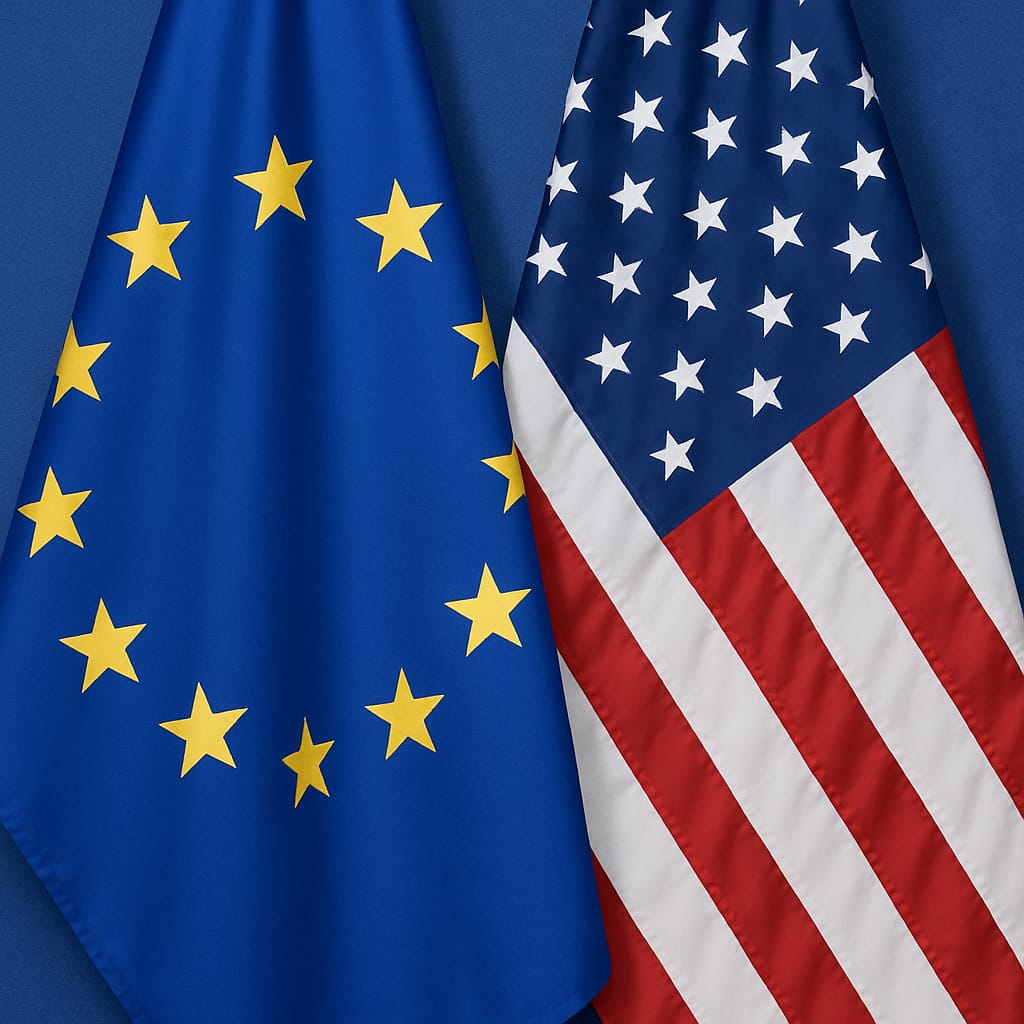Based on President Trump’s public statements about the EU-US trade deal announced on 27 July 2025, here’s how they align or potentially contradict the European Commission’s framing:

Points of Agreement
Both sides emphasize:
- The 15% tariff ceiling: Trump confirmed that the U.S. will impose a flat 15% tariff on most EU goods, including cars, which is consistent with the EU’s statement.
- Energy and investment commitments: Trump highlighted the EU’s agreement to purchase $750 billion in U.S. energy and invest $600 billion in the U.S., which matches the EU’s announcement.
- Strategic product exemptions: Both sides noted that certain products like aircraft parts, chemicals, and pharmaceuticals will receive special treatment or exemptions.
- Section 232 investigations: Trump acknowledged that pharmaceuticals and semiconductors will temporarily face 0% tariffs pending national security reviews, aligning with the EU’s description.
Here’s where Trump’s tone or framing may differ from the EU’s:
- Tariff Framing:
- Trump described the deal as a “very powerful” and “biggest of all the deals”, emphasizing tough negotiations and portraying the 15% tariff as a win for the U.S.
- EU framing presents the 15% as a ceiling that reduces existing tariffs (e.g., on cars from 25% + 2.5% MFN), suggesting relief rather than escalation.
- EU Expectations:
- Reports indicate that Europe had hoped for lower tariffs, around 10%, and some EU officials expressed relief mixed with concern over the final deal.
- Trump’s tone suggests the EU market was “essentially closed” and now “opened up,” which may not reflect the EU’s view of its own openness.
- Military Purchases:
- Trump mentioned that the EU would be “purchasing hundreds of billions of dollars worth of military equipment”, a claim not mentioned in the EU’s official statement.
- Steel and Aluminum Tariffs:
- Trump indicated that 50% tariffs remain for now, with a quota system to be negotiated. The EU emphasized cutting tariffs and protecting against global overcapacity, suggesting a more cooperative tone.
Moreover: the EU-US trade deal announced on 27 July 2025 is a political agreement and not legally binding until it is formally ratified through the EU’s internal procedures, which may require approval from all 27 member states.


Very insightful, thanks!
This deal is not final. I expect Trump to make more crazy leaps.
You are welcome!
Hi,
Thank you for this piece.
I have noticed a lot of people say that without the EU, a better deal could have been negotiated.
Switzerland was just hit with a 39% tariff on all goods, because of its trade surplus.
I sincerely hope that this helps break the illusion that European countries fare better alone!!
André (France)